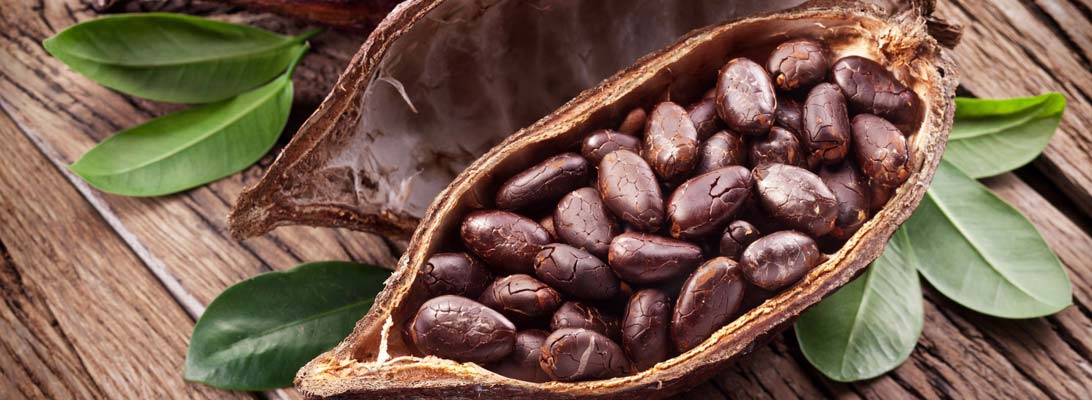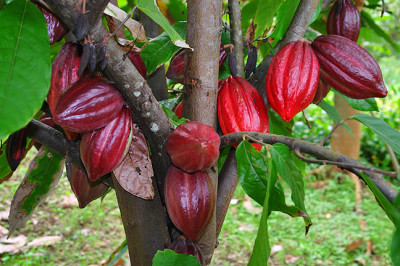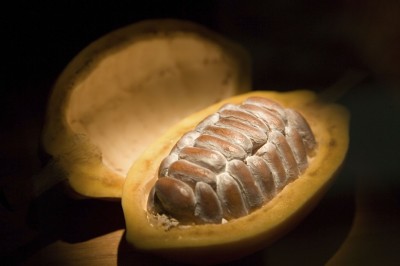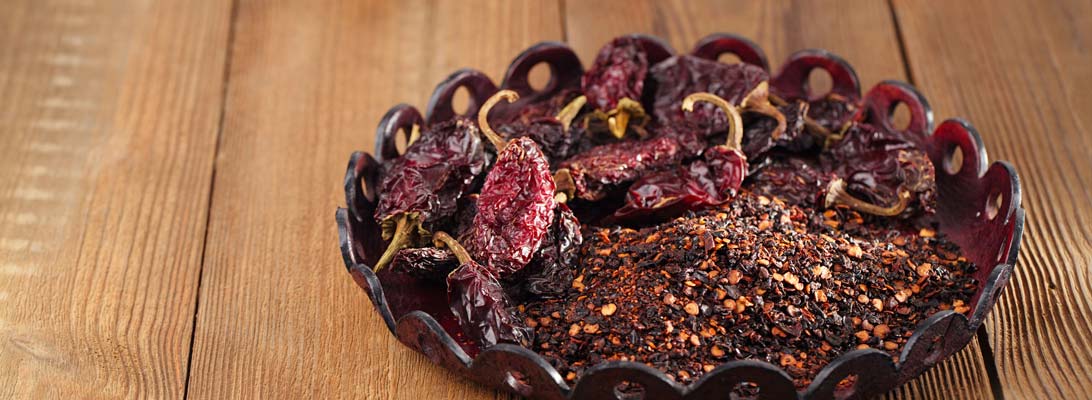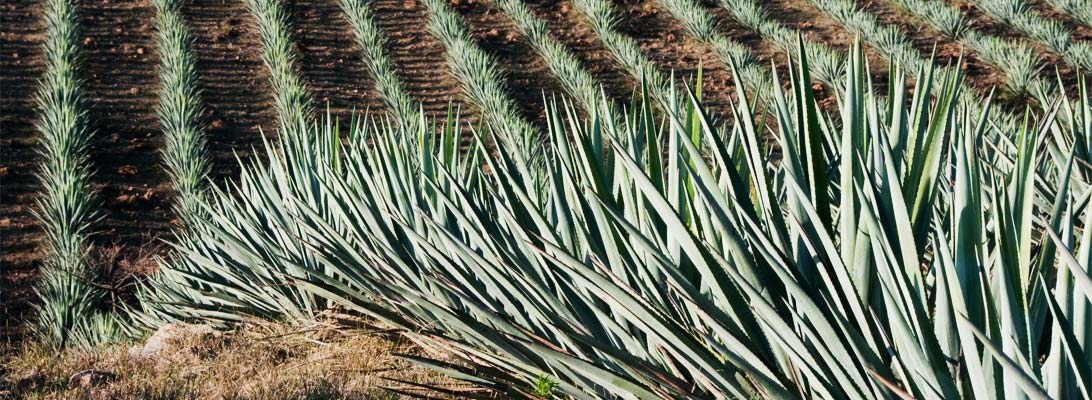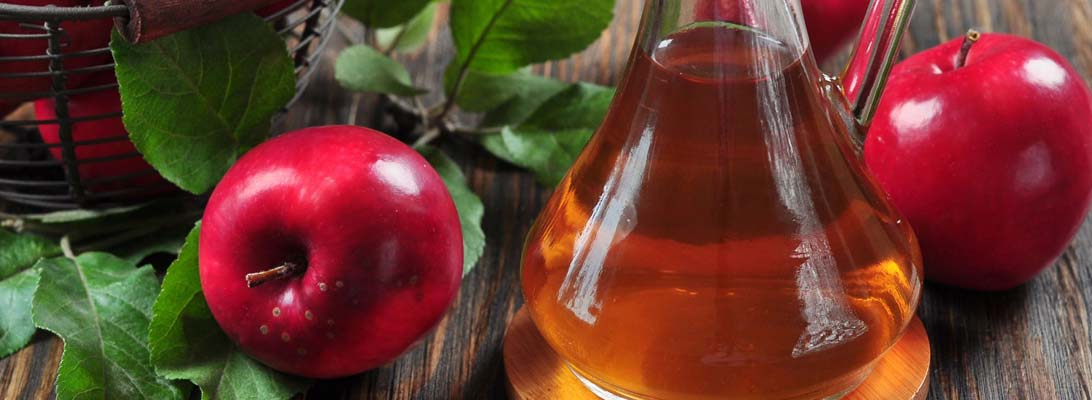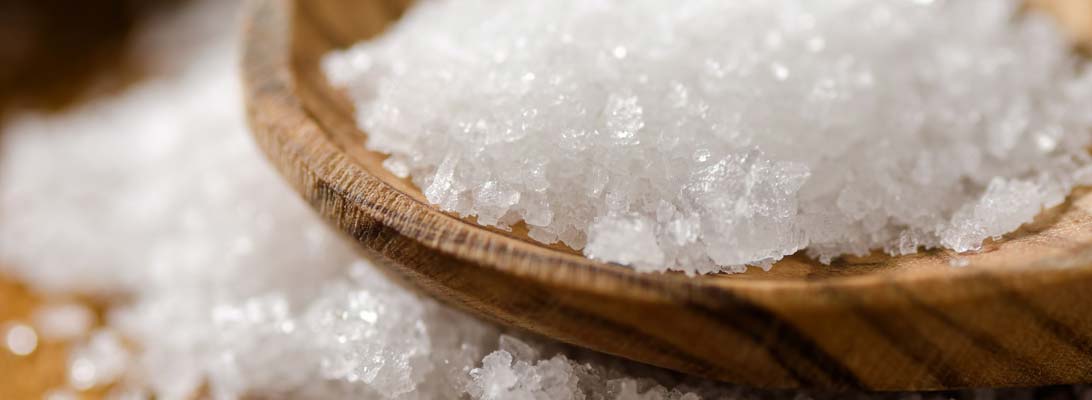Goji berries (Lycium barbarum), also known as wolfberries, are a highly nutritious fruit in the Solanacea family of plants which includes tomatoes, potatoes, eggplant, and chilies. They (probably) originated in SE Europe or SW Asia but only in China is there significant commercial cultivation. Gojis have been used in traditional Chinese medicine for nearly 2,000 years. Their nutrient richness and antioxidant qualities contribute to their popularity in the West as a “superfood” used in a variety of products including fruit drinks, sauces, and trail mixes. The leaves and roots are also used medicinally.
Cultivation
The majority of commercial cultivation takes place in the Ningxia Hui Autonomous Region of China. Here is a link to an interesting website about goji berries from Ningxia. It includes a brief list of the medicinal uses for goji berries. This is a Chinese web site translated using the google translate tool. Lots of cool links in the left hand column.
Goji berries will grow and produce fruit in North America where their commercial cultivation is being tested. Local gardeners are propagating goji berries so we can see how they do in the Pacific Northwest. I hope to have a bunch of starts next summer at the Lopez Island Farmers Market so you can get one when you visit Lopez.
They grow wild in the hedgerows of the UK (a maritime climate) where the Duke of Argyll introduced them in the 1730’s. They call them the Duke of Argyll Tea Tree after the Scotsman who introduced them.
Source of Gojis
I obtain organic raw goji berries from Live Super Foods, the Raw Superfoods Superstore in Bend, Oregon. These folks have a wide array of top quality foods, supplements, personal care , and so forth. They provide good information about their products. Check out their goji berry info HERE.
Links about gogi berries, wolf berries, Lyciium barbarum, Lyciium chinense
- Wikipedia has THIS.
- Click HERE about growing goji berries.
- Read the Legend of Goji berries HERE.
- Terra-Organica, a store in Bellingham’s Public Market that sells Chicaoji, provides an excellent Reference Library . Much detailed information is available because they subscribe to the Natural Standard (www.naturalstandard.com) database. Here is their GOJI BERRY info.
Wolf berry? Goji berry?
The Chinese word for what we call goji berries sounds, more or less, like goji. “Wolf berry”, more common in English, may derive from Linnaeus’ botanical name for tomato which included the Latin root word for wolf (Lycos).

